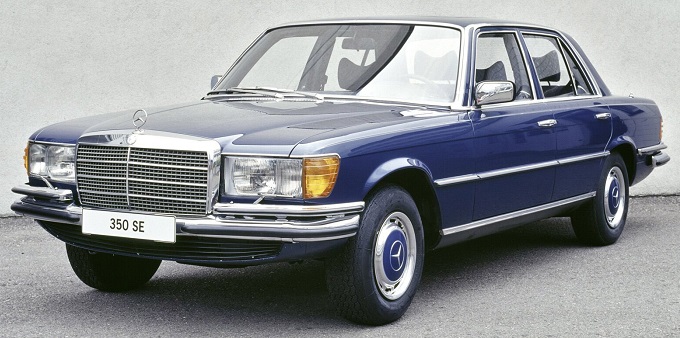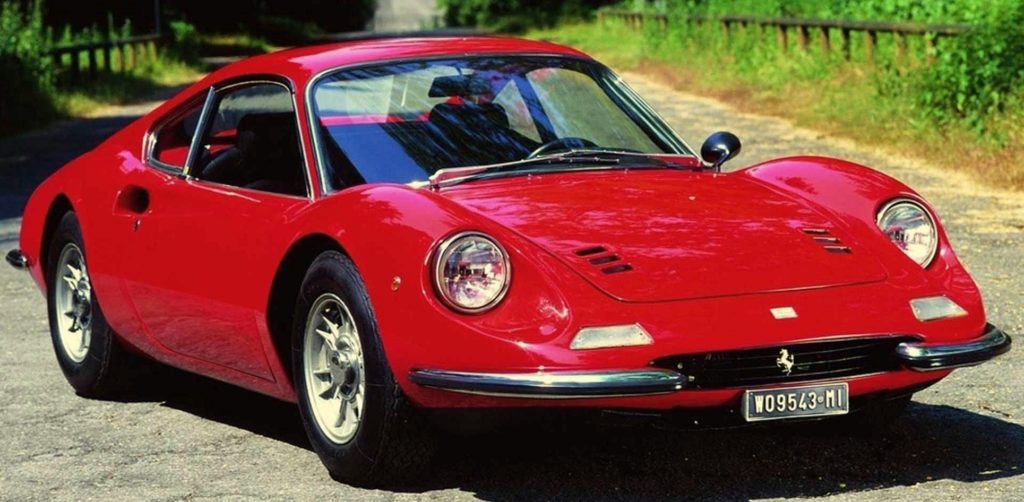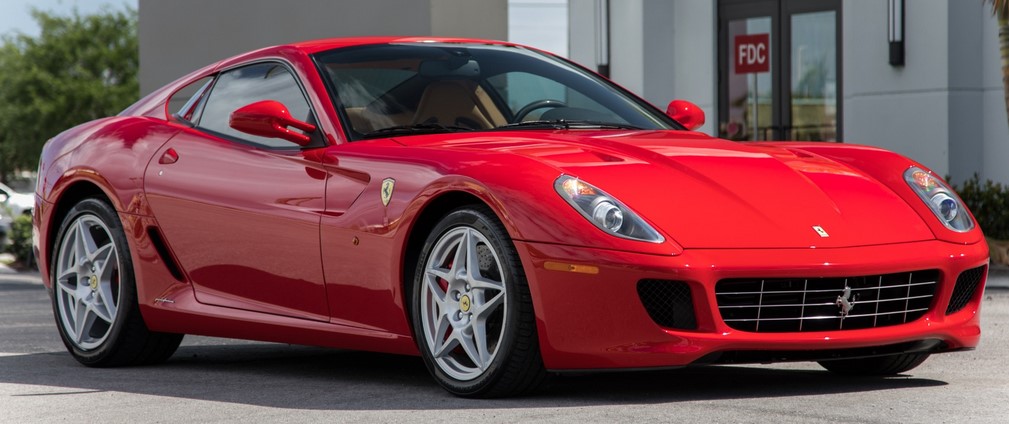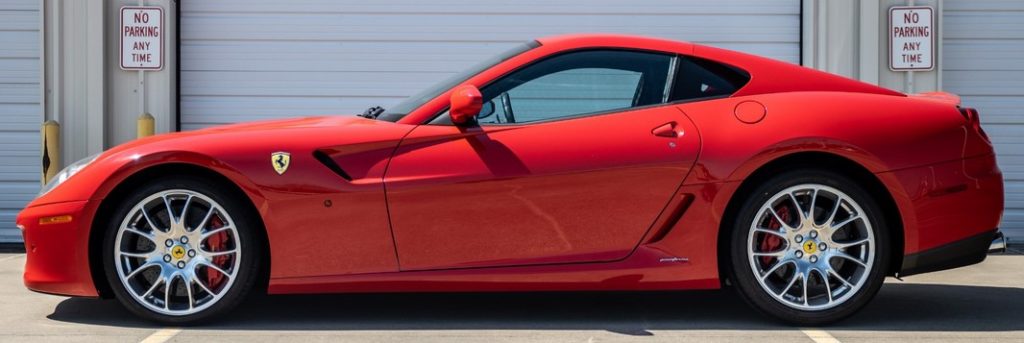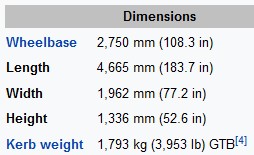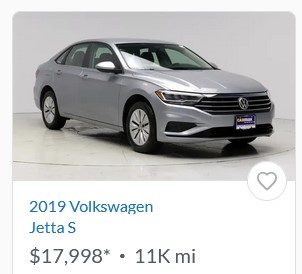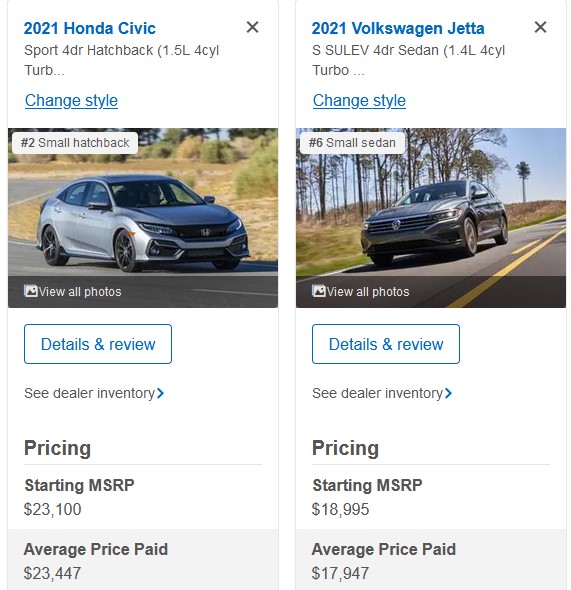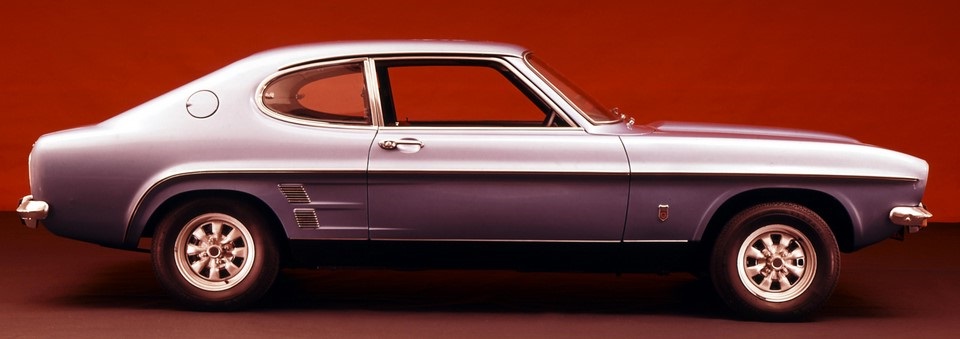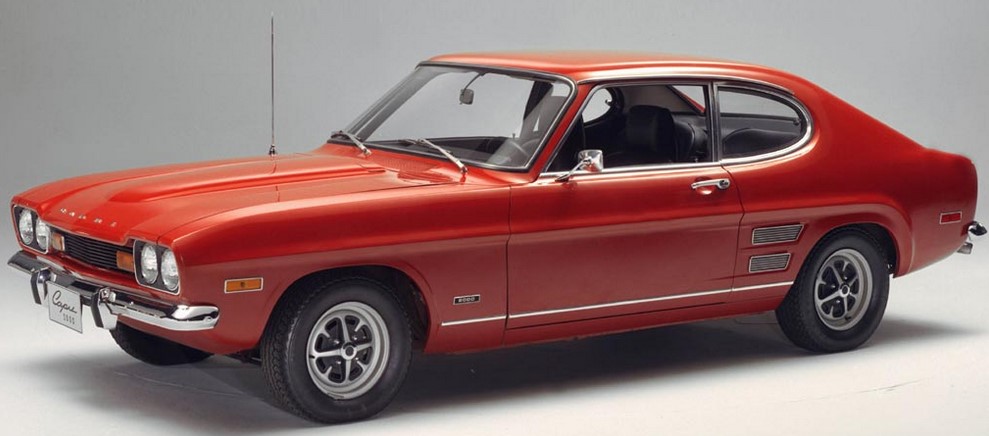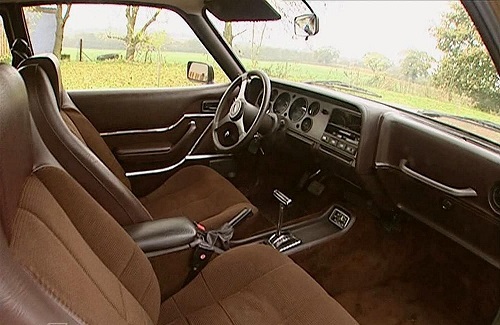Over the past couple years, I’ve taken a lot of guff from people when I’ve stated my implacable hostility towards the Internet Of Things [spit] intruding on my private life, and specifically when it comes to my car.
“Oh but Kim,” the response comes, “think of the convenience of not having to drive!” , etc. etc. My retort to giving up control of one’s vehicle is usually, “Giving up control to whom, exactly?”
Well, here’s a little example of what I could see was coming down the pike:
The bipartisan infrastructure bill includes a provision that would require auto manufacturers to equip “advanced alcohol monitoring systems” in all new cars.
Buried in the massive proposal—which is already longer than 2,700 pages—is a section titled, “ADVANCED IMPAIRED DRIVING TECHNOLOGY,” which mandates new vehicles include “a system that … passively and accurately detect[s] whether the blood alcohol concentration of a driver of a motor vehicle is equal to or greater than the blood alcohol concentration” of .08, in which case the system would “prevent or limit motor vehicle operation.” Automobile manufacturers would have a three-year grace period to comply with the regulation.
Here’s another prognosis to this already-ghastly invasion of our privacy: it won’t stop at “prevent or limit motor vehicle operation”. Given the all-pervasive network of operations from Skynet, what is to stop the government (federal, state, local or a combination thereof) from levying a fine for drunken driving (to be deducted automatically from your bank account), as well as sending your car’s GPS coordinates to Officer Friendly at Hometown P.D.?
Tell me I’m exaggerating or overstating the thing, I dare you.
But it’s all for our own good, isn’t it? So why would I be so upset about this? After all, seatbelt mandates have saved countless lives, so why not apply the same rationale for car immobilization and punishment for intoxicated driving?
By all means, let’s all get upset when the government suggests implanting computer chips into guns so that they can be controlled by law enforcement during times of emergency — “That’s like totally beyond the pale, dude.”
This car nonsense is precisely the same thing, being suggested for all the same reasons.
I foresee a rush towards the purchase of older cars which don’t contain computers of any description — until, of course, the government outlaws ownership thereof.
Once again: tell me I’m exaggerating or overstating the thing, I dare you.



